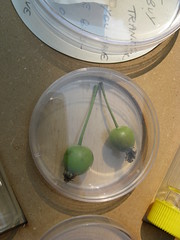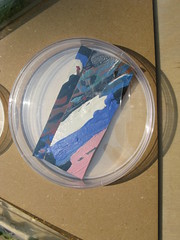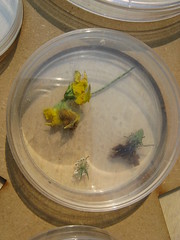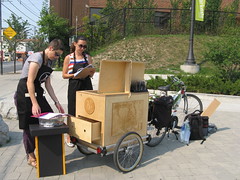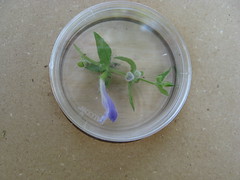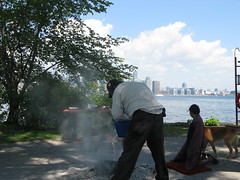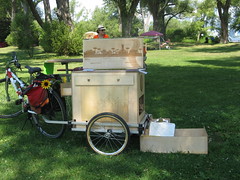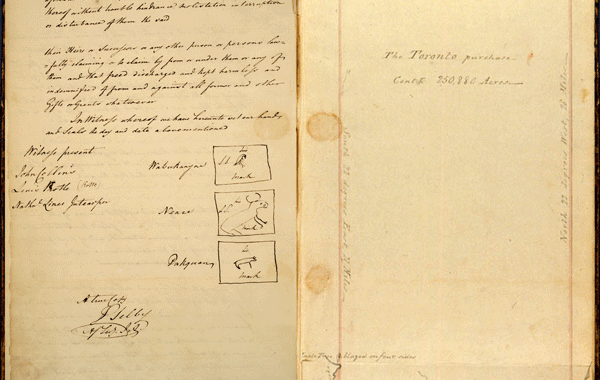tkaronto
A series of recent articles remind us of Canada’s colonial history through a series of examples featuring an intervention of renaming street signs in Toronto, and a report from the “Truth and Reconciliation Committee” released last week.
“Toronto” comes from a Mohawk word, according to aboriginal language scholar John Stackley — “tkaronto,” meaning “where there are trees standing in the water.” The phrase refers to stakes that members of the Huron tribe installed to make fishing weirs where Lake Simcoe meets Lake Couchiching.
“In 1787, the British government bought the land between Etobicoke Creek and Ashbridges Bay from a group of Mississauga chiefs for 10 shillings —$60 in today’s money. Historians now agree that the chiefs believed they were leasing the land, not selling it. In 2010, the Mississauga of New Credit won a $145-million land claim related to the territory.”
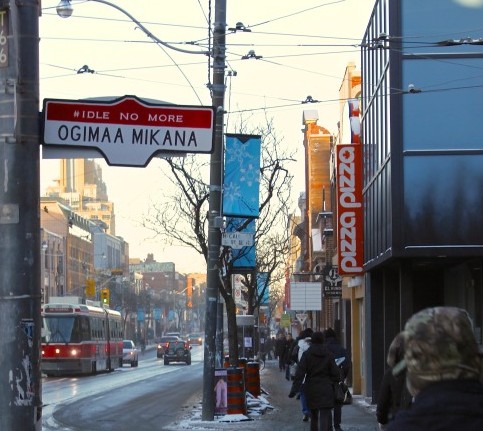
image from Spacing Magazine

